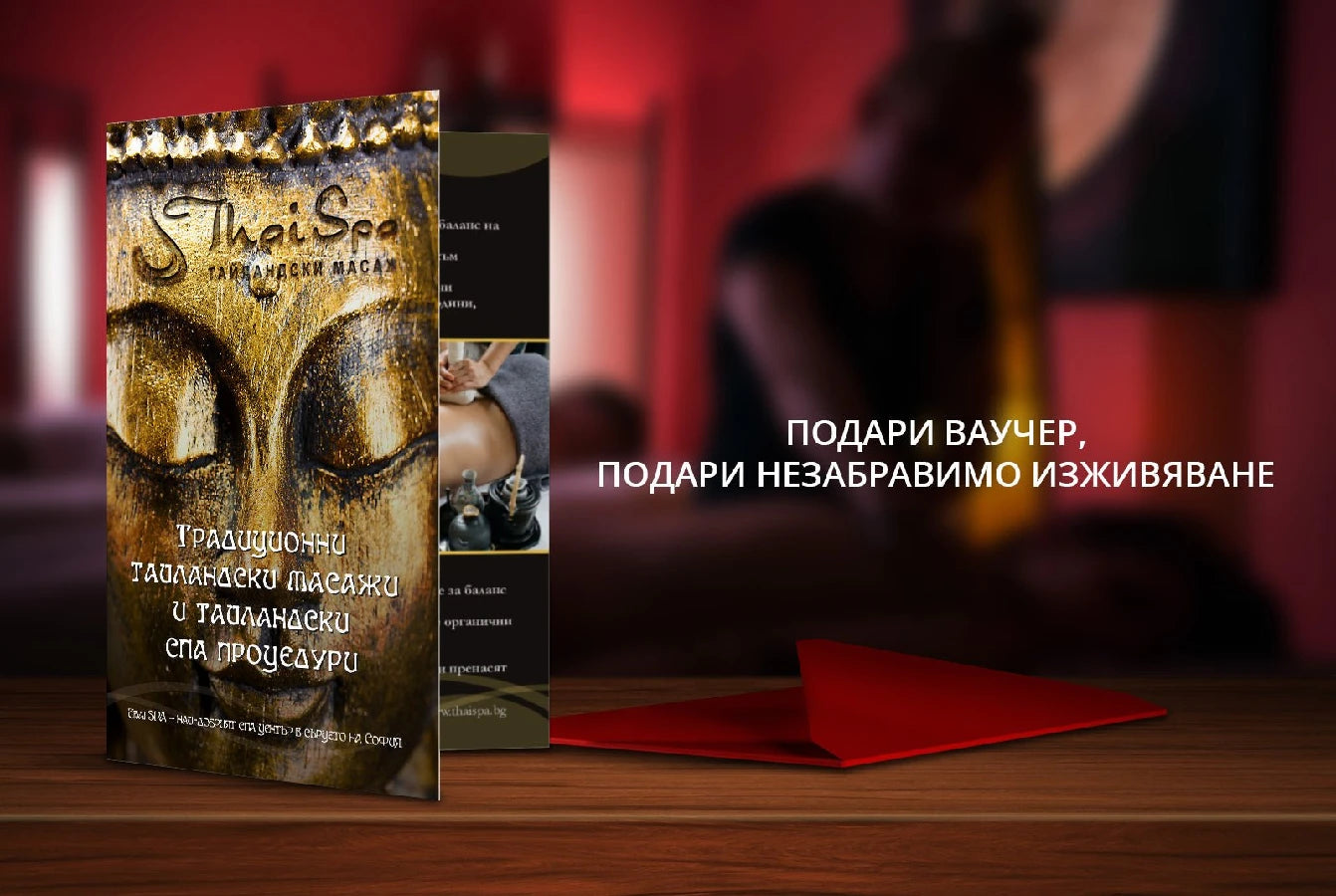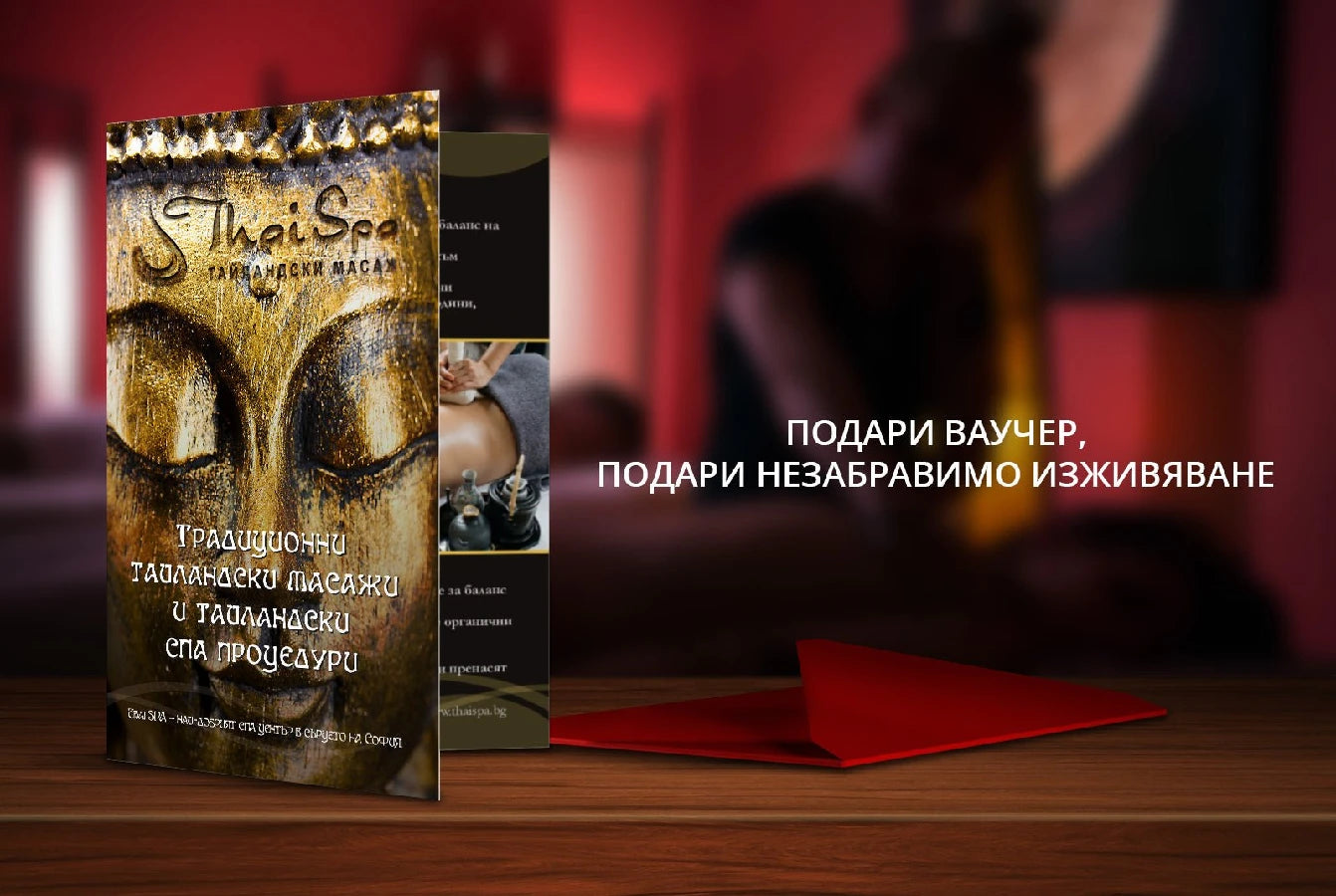Knowledge of Thai Massage
Thai massage, also known as nuad boran, is an ancient healing practice. Its origins can be traced back to more than 2,500 years ago. It includes smooth movements, tight talk and stretching movements that help reduce tension and increase physical comfort.
This physical therapy is deeply rooted in Eastern philosophy and medical practice. It is believed to help the body enter a state of harmony and balance by stimulating the body's energy pathways. Massage promotes health and well-being by improving circulation and reducing stress.
Thai Massage : History and Origin
Thai massage has roots dating back more than 2,500 years. It is believed to have been founded by Buddha's friend, the physician Jivaka Kumar Batsa, who is known as the "Father of Medicine". From its ages to the present day, Thai massage has been central to traditional Thai medicine. Many of Thailand's public health programs include massage sessions, emphasizing its importance in the interrelationship between body, mind and spirit.
Since the people of Thailand have been subject to migrations from China and India for centuries, Thai massage is thought to have borrowed elements from both cultures. It combines Chinese acategories and traditional Indian methods of Ayurveda and Yuga. The principles of balance, energy and healing in the concept of chi form the basis of Thai massage practice.
What Does Thai Massage Mean?
 Thai massage is a holistic therapy that combines different techniques of ironing, stretching and applying pressure to specific points on the body. This practice is at the heart of traditional Thai medicine and has been practiced for centuries to improve general health, balance energy and relax.
Thai massage is a holistic therapy that combines different techniques of ironing, stretching and applying pressure to specific points on the body. This practice is at the heart of traditional Thai medicine and has been practiced for centuries to improve general health, balance energy and relax.
Thai massage is often described as "passive yoga" as the therapist manipulates the client's body into various yoga positions while applying strategically directed pressure. This helps loosen the body, release stress, increase flexibility and improve general mobility and well-being.
The Different Styles of Thai Massage
Thai massage differs in styles that are based on different traditions and techniques. Some of the most famous styles include Chiang Mai, Bangkok and Southern style. Each style has its own unique techniques and treatment methods. For example, the Chiang Mai style uses a wide variety of body movements and positions to stimulate circulation and relieve pain, while the urban or Bangkok style is more intense and focuses on specific healing areas.
Southern style, on the other hand, is known for its "earthy" approach and uses meditation and breathing to achieve mental balance and physical healing. It focuses on deep relaxation of the body and mind using slow and meditative movements. It is important to note that each of these styles can be adapted to suit individual needs and preferences, providing a unique and personalized approach to Thai massage.
Detailed Explanation of the Different Thai Massage Techniques
Thai massage includes a number of methods and techniques that aim to exert a deeply relaxing and healing effect on the body. During a massage session, the massage therapist uses his hands, knees, feet and even his body to mobilize different points and areas throughout the body. This includes compression therapy, where pressure is applied to specific points on the body, as well as various yoga positions.
In most cases, Thai massage sessions begin with the massage therapist applying gentle pressure to the client's entire body to help relax the muscles. A variety of stretching and body manipulation techniques are then used to release muscle tension and improve flexibility. Also, aromatic oils or herbs can be used to enhance feelings of relaxation and well-being.
What to Expect During a Thai Massage Session
When attending a Thai massage session, the client is usually seated in comfortable clothing appropriate for the session, then directed to a specially trained massage therapist. This process can be carried out on the floor, a mattress or on a specially equipped chair, depending on the preferences and needs of the client. A Thai massage usually begins with meditation to promote relaxation and create a connection between the massage therapist and the client.
The massage therapist begins with techniques that help the client relax and release tight muscles. It uses a combination of pressure, stretch and energy lines known as sen in Thai massage. All this is accompanied by a rhythmic structured breath that helps the client to deepen the relaxation and overall experience. These techniques cover the whole body and can vary in intensity, depending on the individual needs and comfort of the client.
• The massage therapist will use various stretching and pressing techniques that are specific to Thai massage. It can involve working on specific points on the body or entire areas such as the back, shoulders and neck.
• Each client is different, so the intensity of the massage strokes may vary. Some people prefer a gentler massage, while others seek more intense stimulation.
• Taking deep and rhythmic breaths is a key component of the process. This type of breathing helps the client to relax and enhances the positive effects of the massage.
• Meditation plays a significant role in the beginning of the Thai massage therapy. It prepares the client for the treatment and creates a favorable atmosphere for relaxation.
• The session lasts about 60 to 90 minutes, depending on the needs and preferences of the client.
• The massage therapist may incorporate the use of aromatic oils or herbs to enhance the relaxing experience.
• Thai massage is suitable for both physical and emotional relief. Whether you suffer from chronic pain, stress or just need some time to yourself, he can help.
• After the session, the client often experiences greater flexibility and overall reduced tension in the body.
Check out our Thai massage offers
What is Thai massage?
Thai massage is a form of therapy that combines stretching, activating the body's energy lines and working with acupuncture points.
What is the history of Thai massage?
Thai massage has a long history that dates back to the Buddhist era. It is closely related to the traditions and culture of Thailand.
What are the different styles of Thai massage?
There are several main styles of Thai massage, including traditional, southern (Wat Pho), northern (Lanna), and styles that combine Thai massage with other therapies such as aromatherapy or hydrotherapy.
What techniques does Thai massage involve?
Thai massage uses a variety of techniques, including activating the body's energy lines, stretching, acupuncture techniques, and more.
What should I expect during a Thai massage session?
During a Thai massage session, you can expect to be subjected to a series of stretching movements, pressure on specific points on the body and techniques to activate the body's energy lines.
What are the benefits of Thai massage?
Thai massage can help improve flexibility, relieve muscle pain, reduce stress, improve circulation and much more.
How long is a typical Thai massage session?
A typical Thai massage session can last between 60 and 120 minutes, depending on your choice and your body's needs.
Is there any special preparation needed before a Thai massage session?
No special training is necessary, but it is recommended to wear comfortable clothing that allows freedom of movement.





